The idea of mechanical cushioning was first explored by Bruce Kilgore, the designer of the Air Force 1, way back in 1984. However, it took over 10 years for Nike Shox to come to fruition.
Back in the mid-’80s, biomechanical experiments with the goal of optimizing energy return became the focus of several Nike designers and engineers. According to Nike, they added steel springs to a running shoe’s midsole to see if it would improve running economy, and a year later they tried a multi-layer leaf-spring heel unit.
Throughout the 1980s, Nike continued experimenting with different hinges and mechanical columns, until finally, in 1997, the solution of twin plates with foam columns became Nike Shox.
The sneakers hit the retail market in big numbers by 2000 and ushered in several different builds that used the foam columns. You may remember the Nike ads from the time, which featured Gary Payton, Vince Carter, and that classic boing.
1984
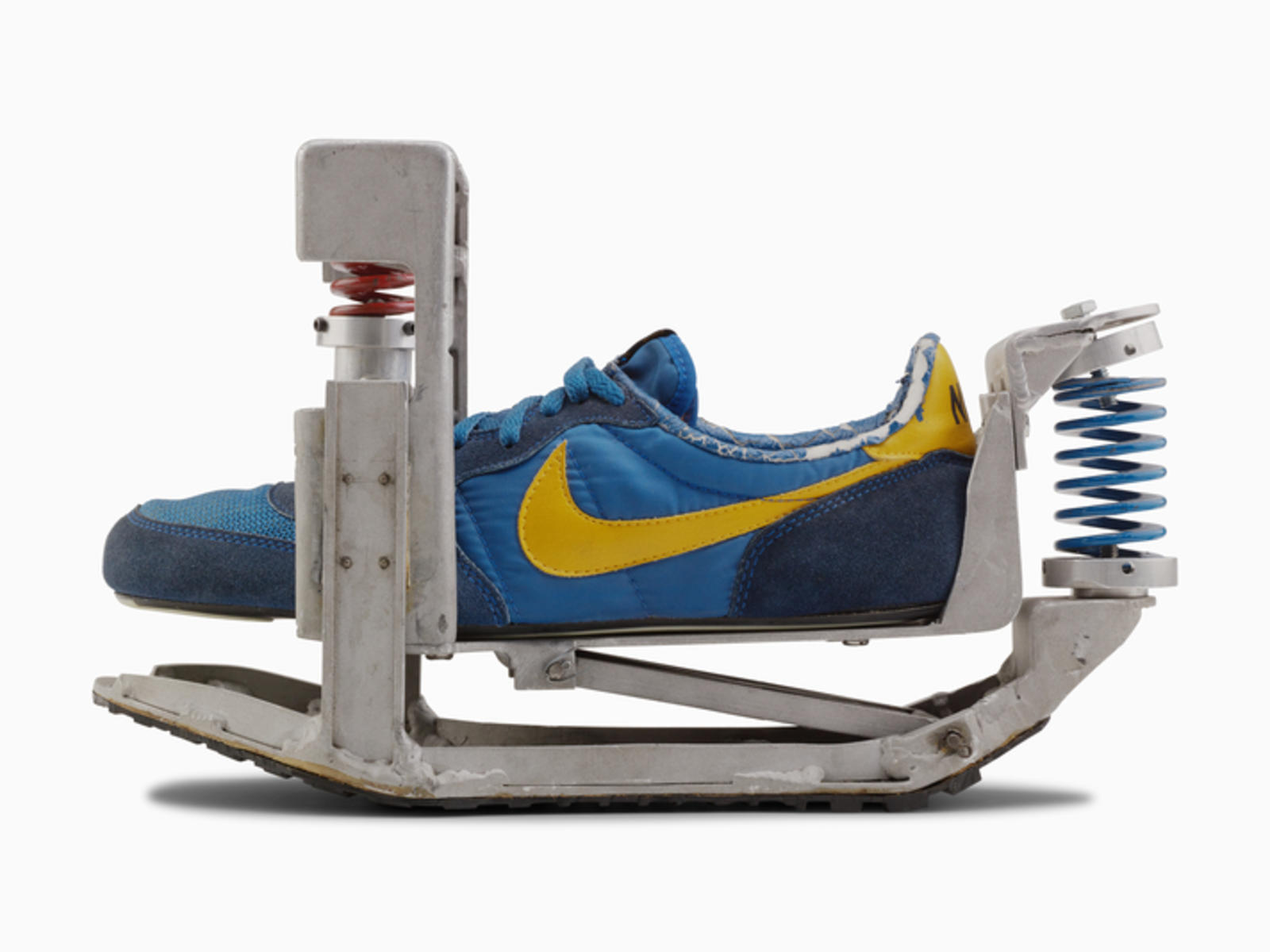
2000
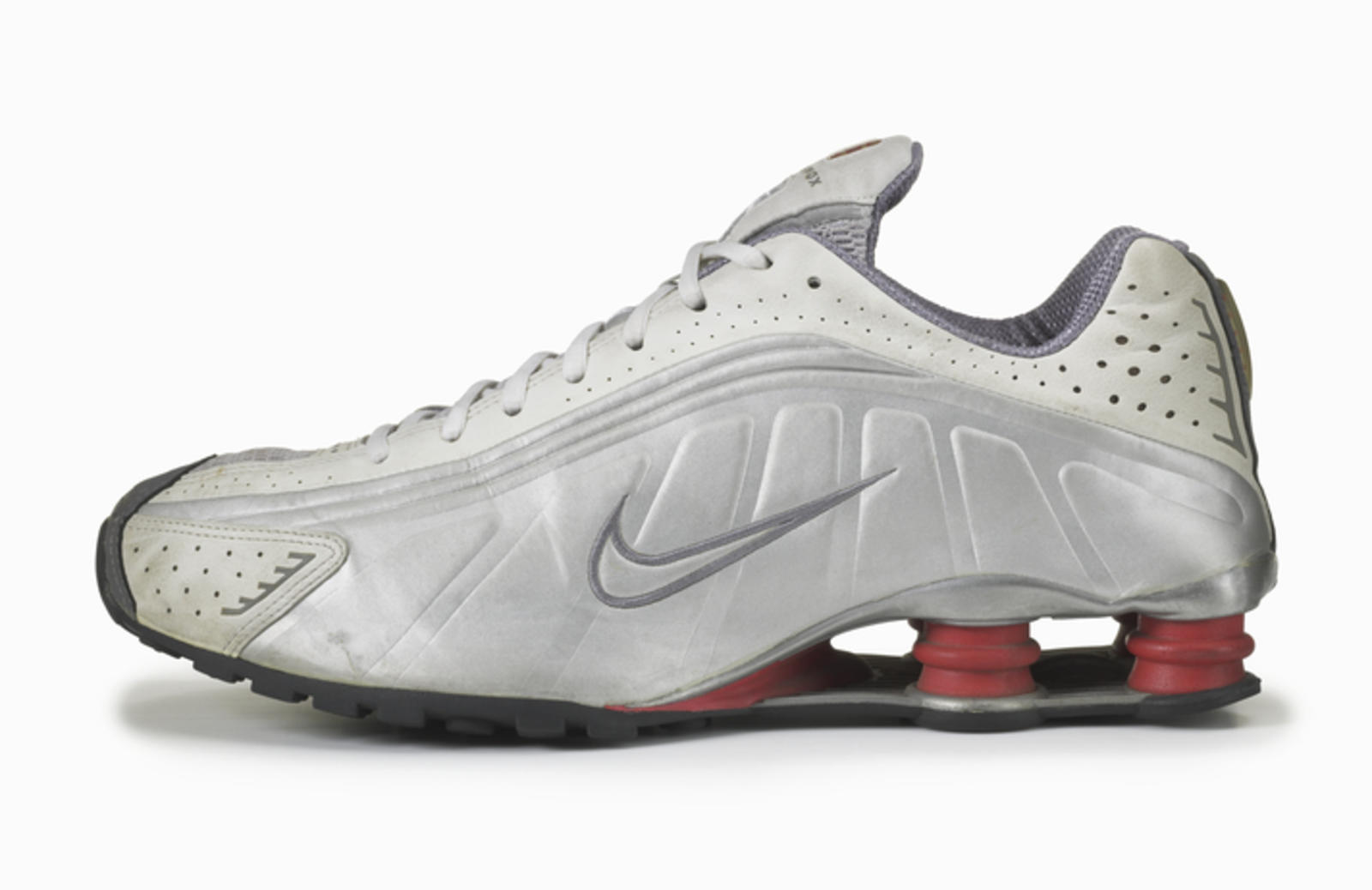
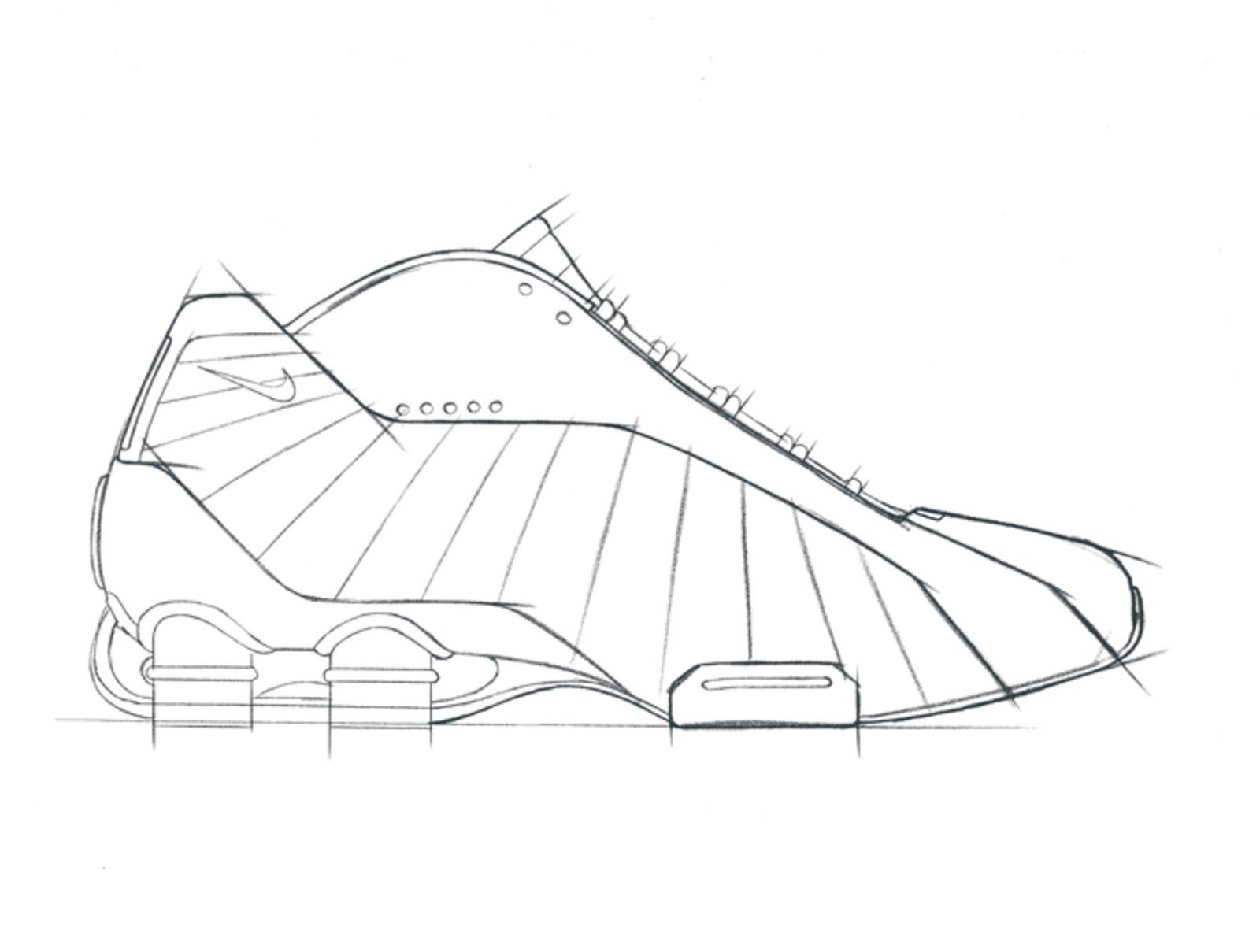
2002
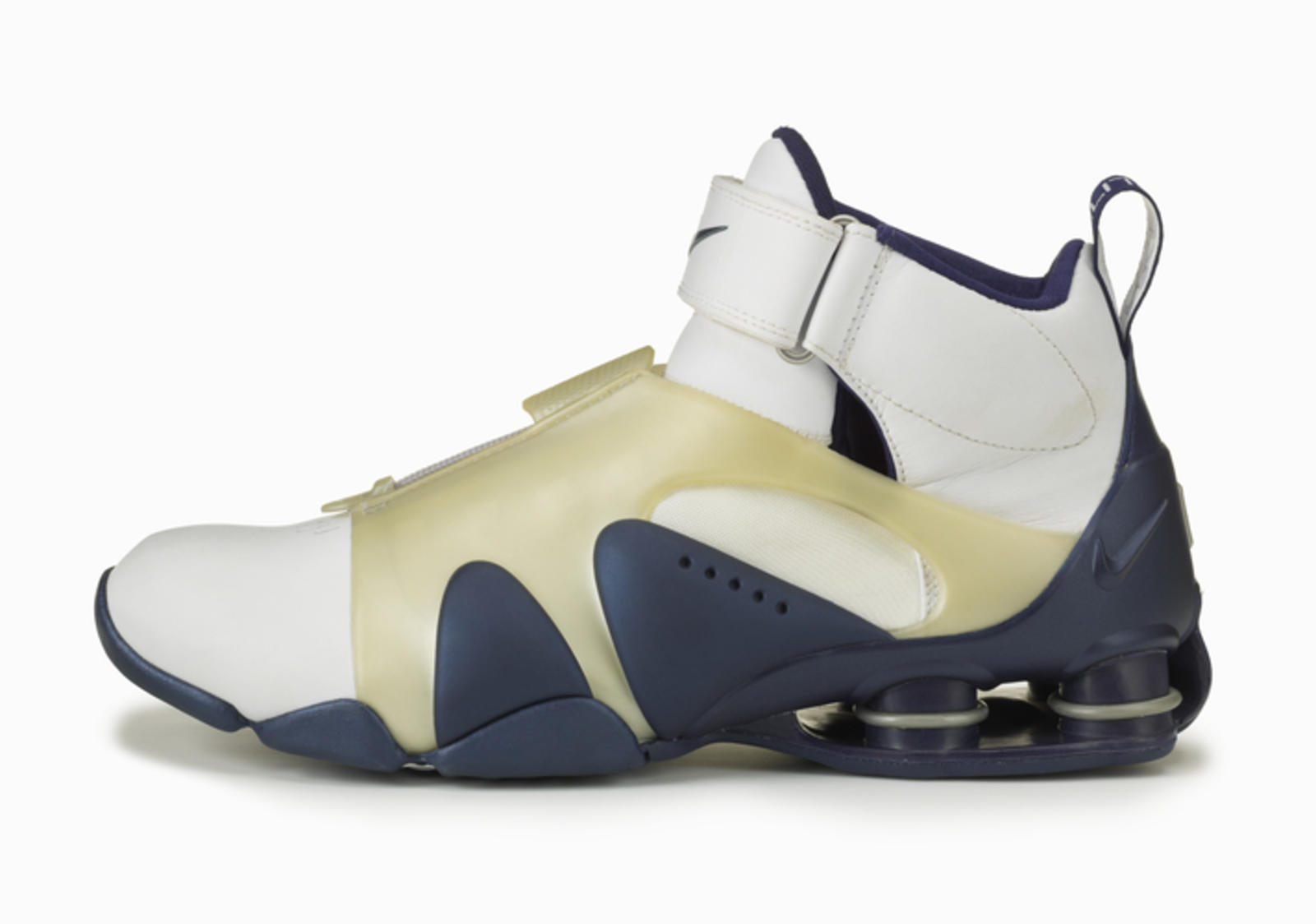
2003
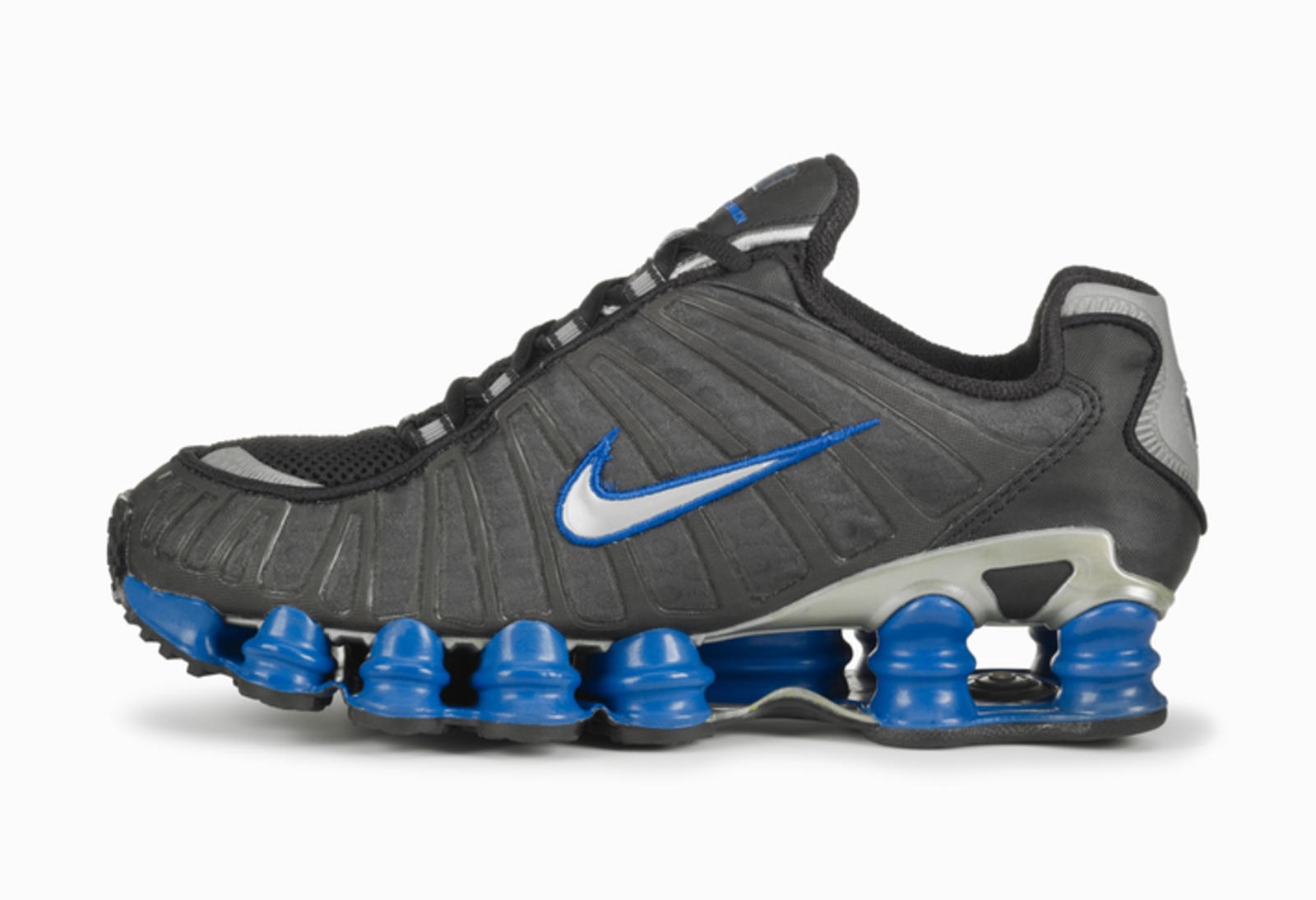
2004
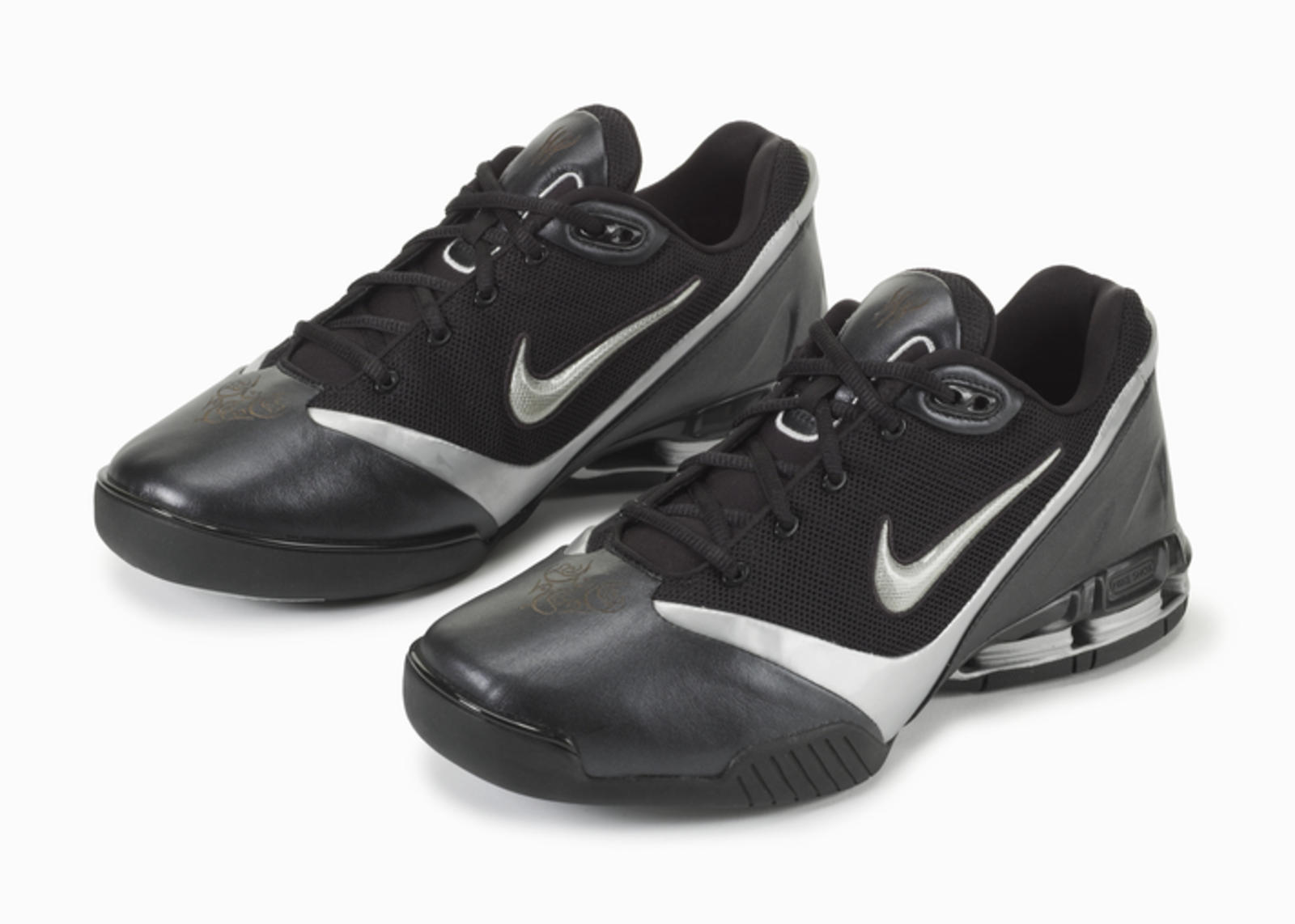
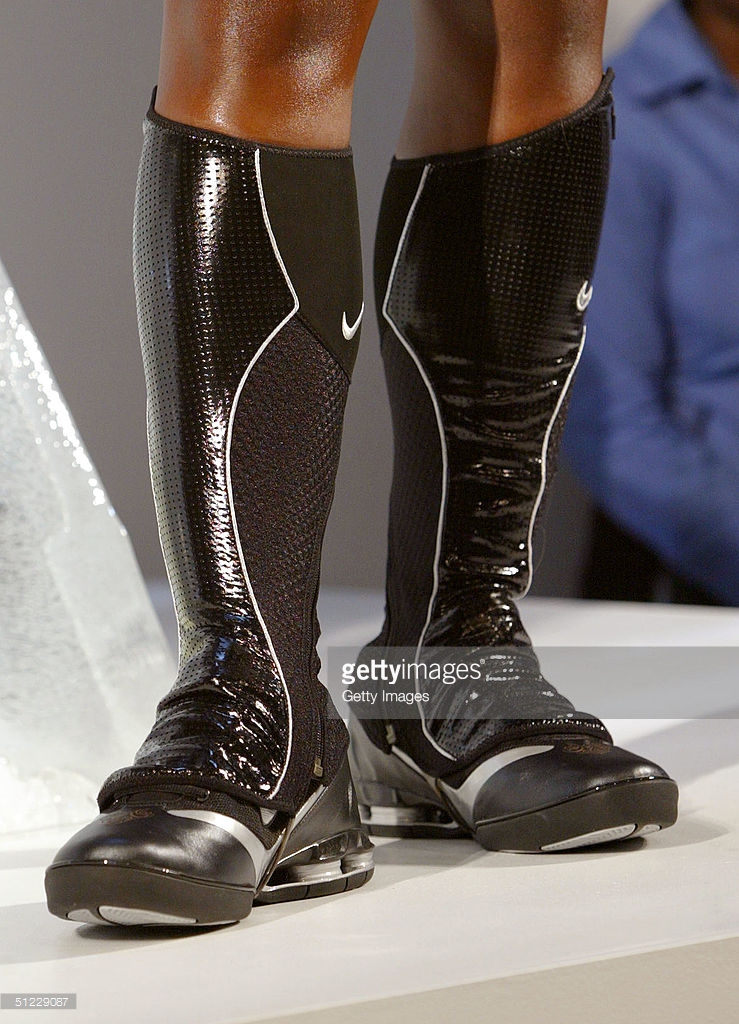
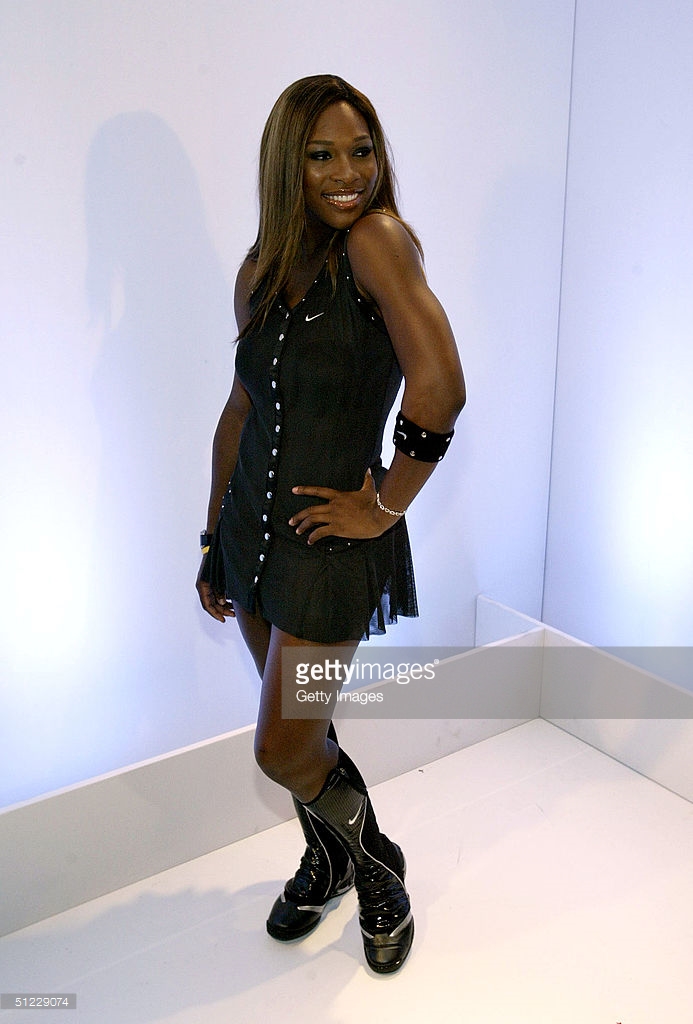
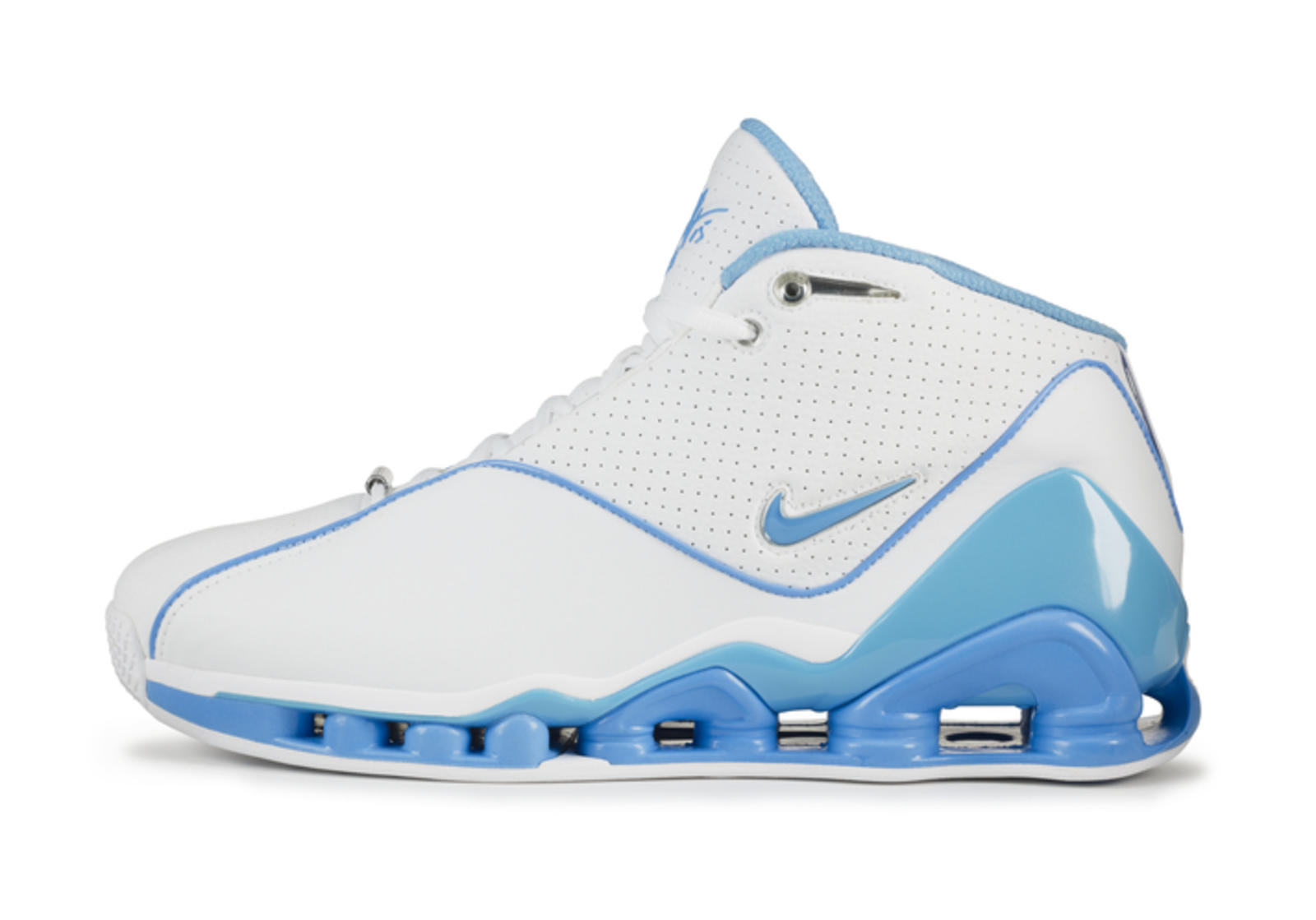
2014
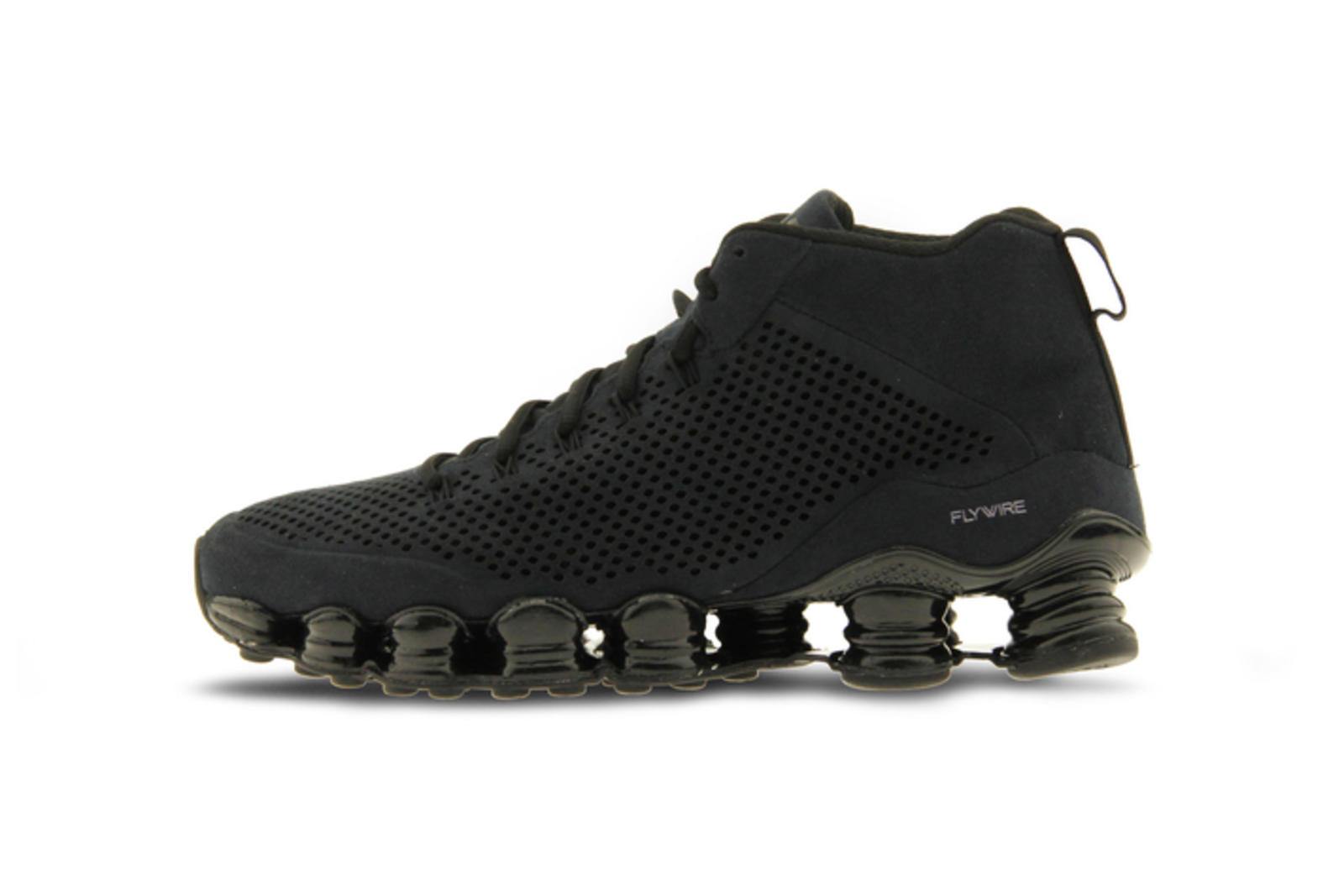
2017-2018
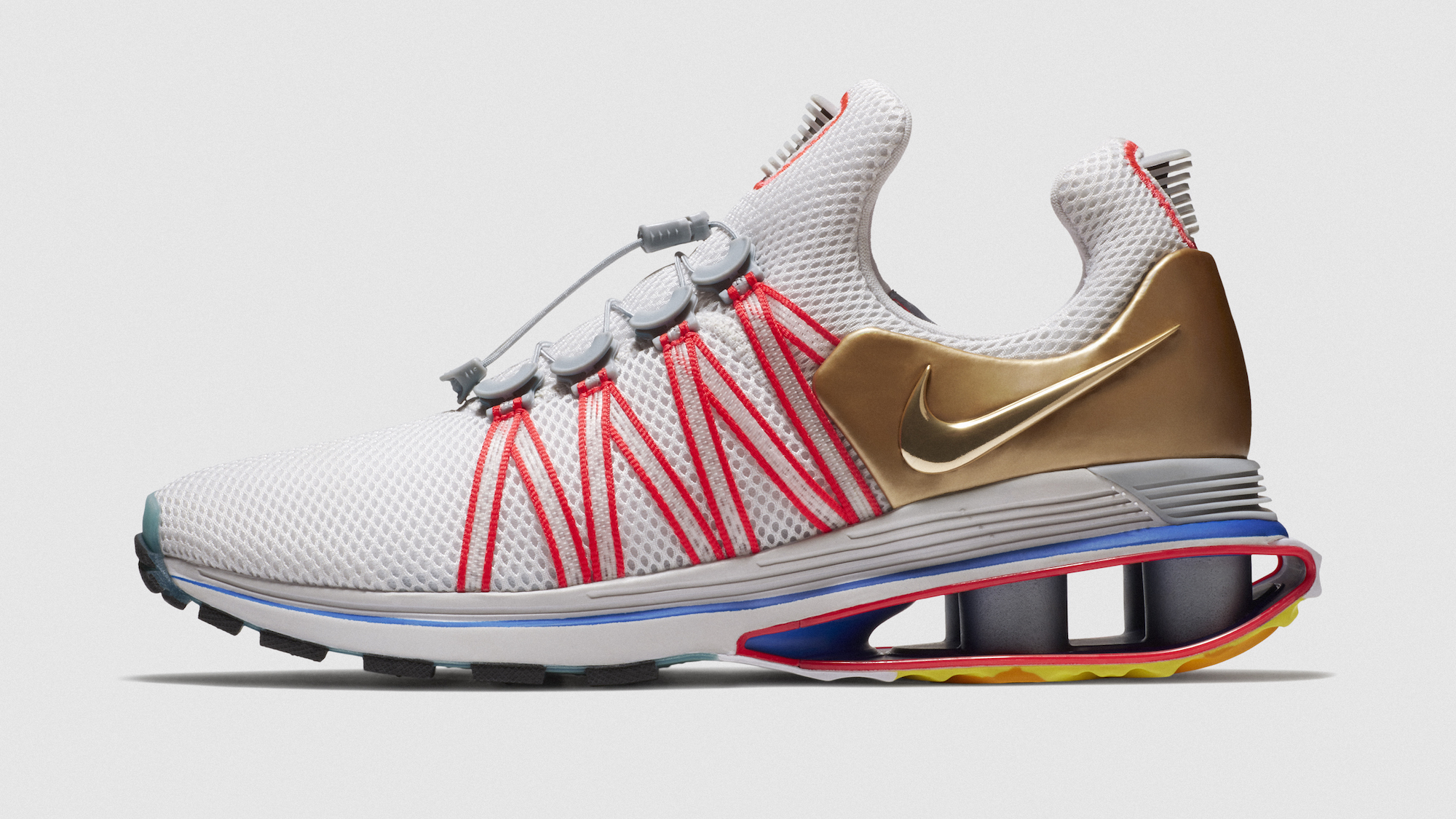
After the Shox line fanned out to include builds for basketball, running, and tennis, the shoes were everywhere. In Europe the line is still pursued by collectors, and you can see people rocking Shox nearly every day in the New York subway.
Now, Nike’s Shox system is back for 2018 with the Shox Gravity. 25 different variations on the new sneaker will release during 2018, but Nike has not announced any pricing information yet.
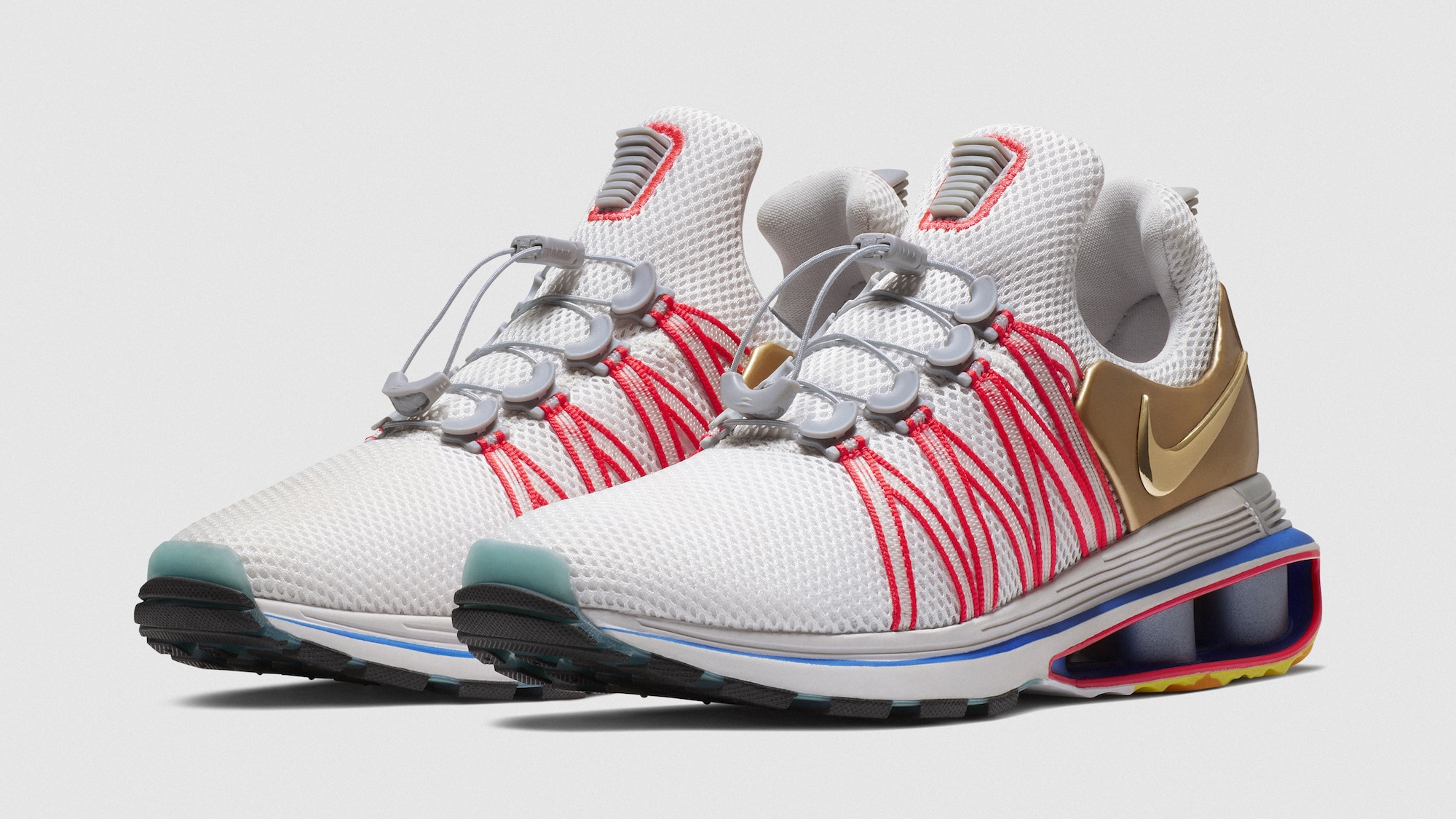
Source: Nike


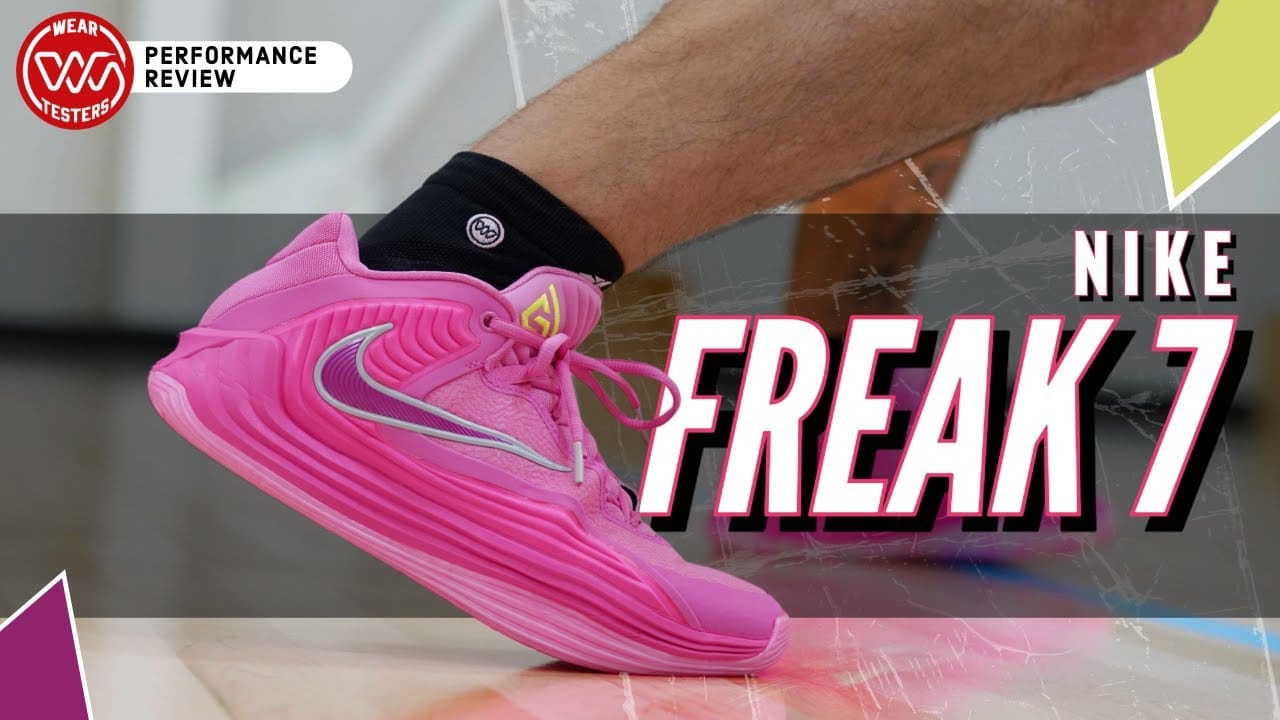
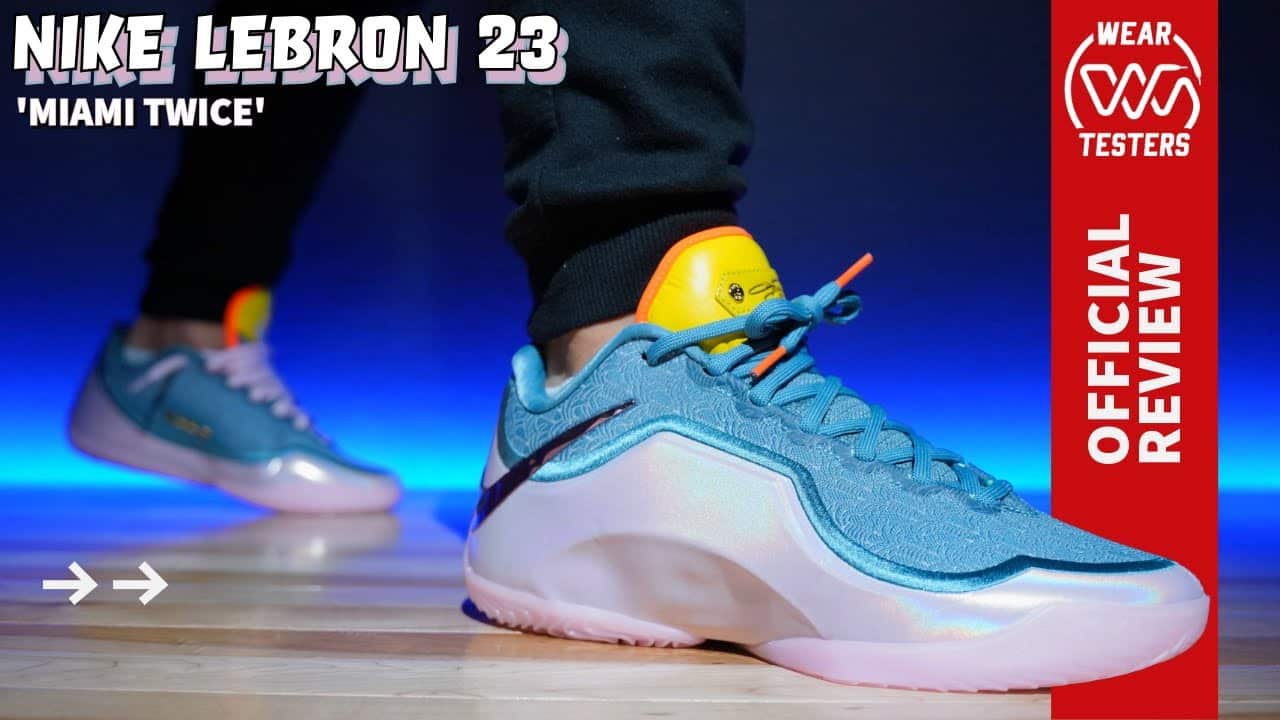
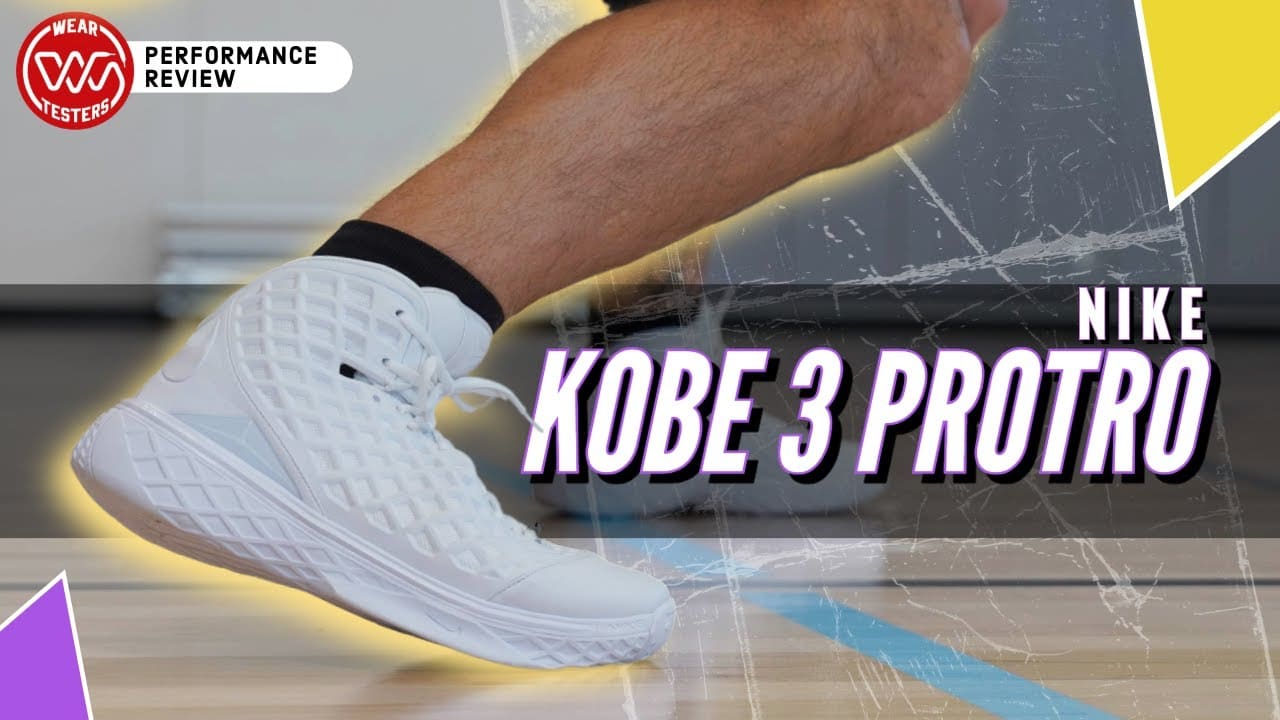
I love the concept(still do), if only they put the columns horizontal, instead of vertical(to make ’em work), or of course, drop a full-length Zoom back over it.
I don’t understand how it would work horizontally.. maybe I’m missing something on how the shox system work. But basic physics for cushioning is vertical impact right?
In my view Nike Shox was a gimmick just like Reebok hexalite
Hexalite was not a gimmick. It was one of the best cushion systems at the time & would still be great today if produced the original way. Chris talks about it all the time.
Hexalite worked better than shox. I always hated the feel of shox.
Addendum to my first post.
Hexalite was a great concept, but not well executed. The honeycomb is a great idea, but uniform cell size and thickness doesn’t work too well. It is/was too thin. Thankfully, their mid to late 90s foam worked well with it.
Puma executed the honeycomb idea much better with their trinomic and cell tech. They varied the cells by height, width, thickness, and density.
Where’s the Nike Shox NZ? What about the Ken Griffey Shox? They both came out in the early 2000s because I had both pairs. Oh and let’s not the forget the “zip up” version. Man I miss the early 2000s
Keyword in the title is “brief”. Though you bring up a good point, maybe we should expand this article in the future.